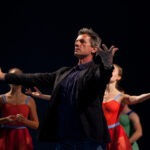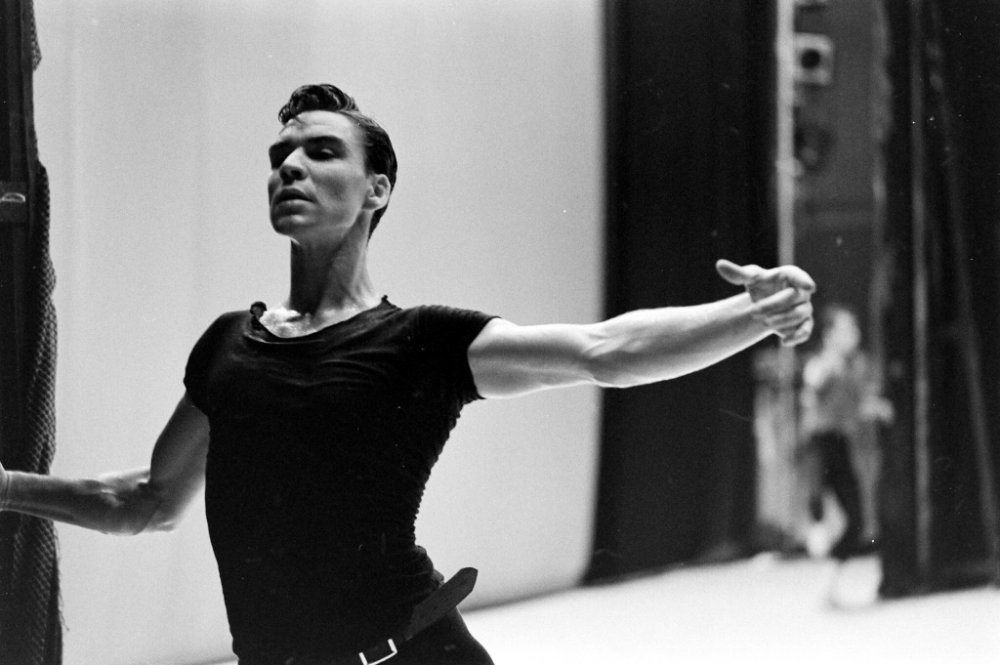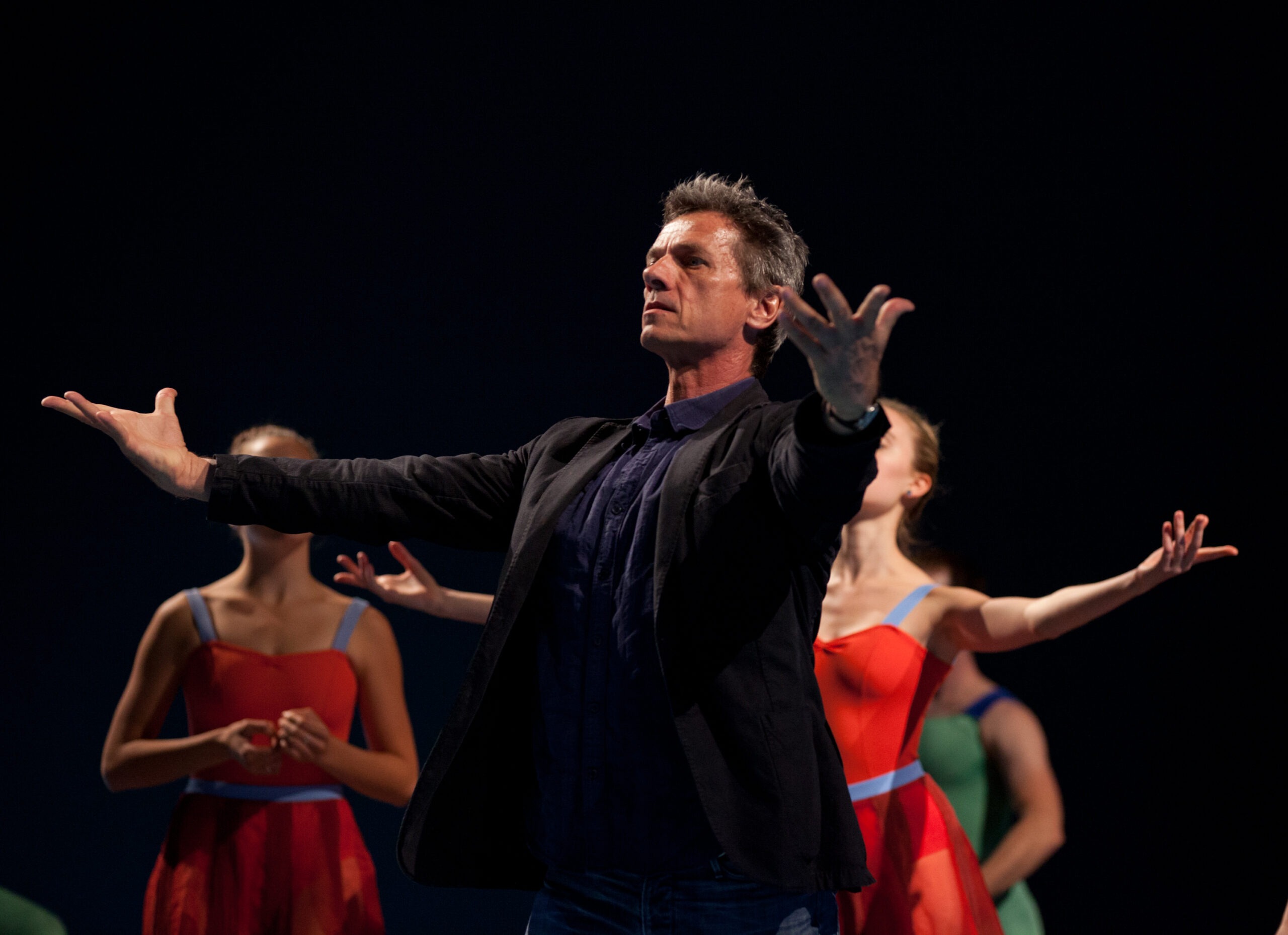The Composer Series: A Look at Mendelssohn
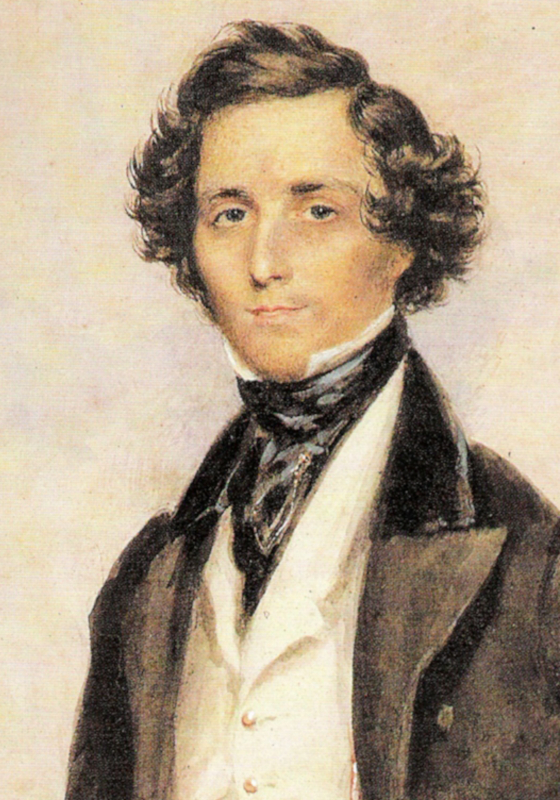
Whether or not the name Mendelssohn strikes a chord with you, you most certainly know his music. From the famed Wedding March that plays across the world, to the melody of Hark! The Herald Angels Sing, Felix Mendelssohn has created some of the world’s most iconic music. Join us as we take a look at the life and work of the composer of A Midsummer Night’s Dream.
Mendelssohn was born on February 3, 1809, in Hamburg, Germany, to a wealthy family. He was the second of four children, and along with his older sister Fanny, showed exceptional talent in painting, poetry, languages, and of course, music. His parents, Abraham and Lea, took great pride in their children’s education, and often turned their home into salons for Europe’s intellectuals.
He began taking piano lessons from his mother at the age of six and at the age of seven was tutored by Marie Bigot in Paris. By the age of nine, he made his public debut at a chamber music concert. His studies continued back in Berlin, this time learning composition, with Carl Friedrich Zelter, a German composer, whose admiration of the Bach and Baroque tradition greatly influenced Mendelssohn’s music.
Early on, Felix was considered a prolific composer. By the age of 13, he had his first piano quartet published and between the ages of 12 and 14, he had written 12 string symphonies. His first major accomplishment came in 1824, at the age of 15, when we he wrote his first full orchestra symphony, Symphony No. 1 in C minor. However, it wasn’t until a year later when he wrote String Octet in E-flat major, that his work received notoriety.
Although Mendelssohn’s life seemed to be consumed by music, his other studies did not end. It was noted that he was particularly interested in classical literature, and his translation of the Roman comedy Andria, ultimately qualified him to study at the esteemed Humboldt University in Berlin where he attended lectures on aesthetics, history, and geography.
Back to the music though, in 1826, Mendelssohn created what some scholars call “the greatest marvel of early maturity that the world has ever seen in music,” when he composed music for William Shakespeare’s A Midsummer Night’s Dream. The Overture in E major, Op. 21 was written after Mendelssohn read a German translation of the play and is quite possibly the earliest example of a concert overture. What is a concert overture, you ask? It is a piece of music not written to specifically accompany a staged performance but one that is meant to only evoke a literary theme in performance on a concert platform. The concert overture became a very popular genre in the Romantic era.
Mendelssohn’s overture for A Midsummer Night’s Dream is rather striking from the moment it begins. The first theme is quick and has you envisioning the scurrying of lithe fairies everywhere. This is followed by the second theme, that of the lovers, Hermia, Lysander, Helena, and Demetrius. It is bolder and more courtly, think of the characters in Athens with Theseus, the Duke, and his bride-to-be, Hippolyta, the Queen of the Amazons. Then we turn to the third theme, that of Bottom and his fellow band of actors, where Mendelssohn cleverly evoked a “hee-hawing” effect using the string section. As the overture plays out, the fairies theme ultimately has the final word just as they do in Shakespeare’s play.
Curious to hear it for yourself? Click below to listen!
Mendelssohn’s Overture in E major, Op. 21 made its debut on February 20, 1827 in what is now Szczecin, Poland. He had just turned 18 years old. However, this wouldn’t be the last time he would work with this music. Many years later, 16 to be exact, Mendelssohn wrote incidental music to accompany a theatrical performance of A Midsummer Night’s Dream. Due to his other successful ventures of writing music for plays, the King of Prussia, Frederick William IV, commissioned Mendelssohn to write incidental music or more commonly understood nowadays as a soundtrack. The Op. 61 ended up having 14 pieces of music, including his original overture from 1826 which was incorporated into the piece as well as the finale. The music ranged from strictly instrumental movements to vocal sections which Mendelssohn thought would enhance Shakespeare’s text. This also includes the most popular pieces of music he ever composed, although he never knew it, the Wedding March.
Outside of A Midsummer Night’s Dream, one of the most pivotal moments in Mendelssohn’s life came in 1829, when he conducted a performance of Johann Sebastian Bach’s St Matthew Passion in Berlin. Not only was this performance marked as the revival of Bach’s music in Germany and ultimately in Europe, but it earned Mendelssohn acclaim and recognition at the ripe age of 20. This allowed Mendelssohn to begin traveling throughout Europe, conducting, performing, and composing. He became particularly fond of Britain and Scotland, sparking two of his most beloved works, his Scottish Symphony and the Hebrides Overture.
In 1833, he became the director of music for the city of Düsseldorf, Germany, where he brought large choral work from Georg Friederich Händel and Franz Joseph Haydn. This sparked an interest to attempt an oratorio himself, which resulted in the premiere of St. Paul in 1836 and was received very well by audiences at the time. He then turned to Leipzig, Germany where he served as Director of the Gewandhaus Orchestra and founded the Leipzig Conservatory, now the University of Music and Theatre Leipzig, the oldest university of music in Germany. Mendelssohn made Leipzig one of the major European musical centers that heavily influenced Europe throughout the early Twentieth Century.
His intense, non-stop work schedule and the death of his older sister Franny, led to a series of strokes and ultimately his own death at the age of 38. Among the many musical works he left behind, including over 12 symphonies, 2 oratorios, and 6 operas, Mendelssohn also left behind a loving wife, Cécile Charlotte Sophie Jeanrenaud and their five children.
So what is it that makes Mendelssohn and his music so special? It was his unique way of blending the romantic sentiment of the time with the clarity and poise associated with the likes of great composers like Bach and Mozart, and is today considered one of the most popular composers of the Romantic era.
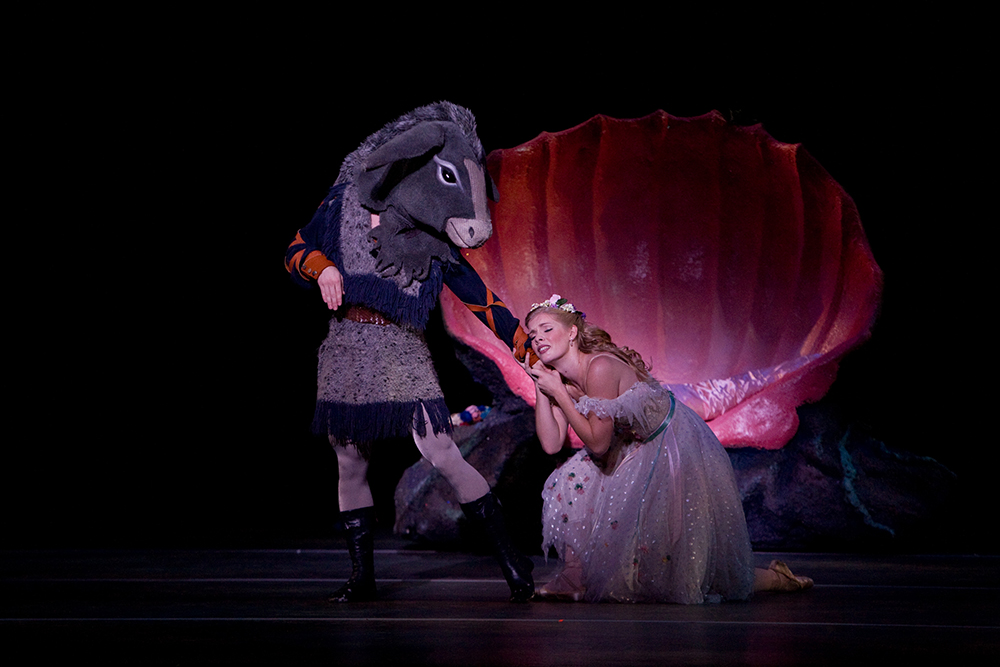
Click here to get your tickets to A Midsummer Night’s Dream!


